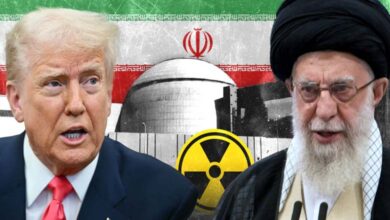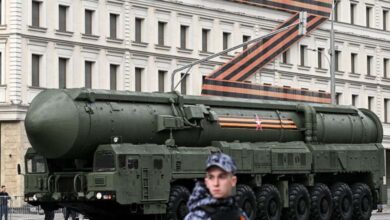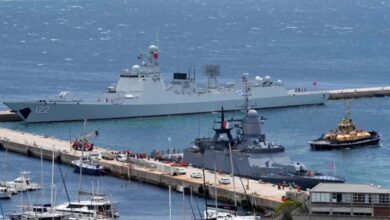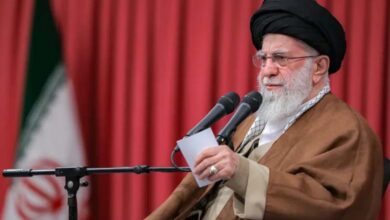Satellite images reveal a secret Israel is hiding underground
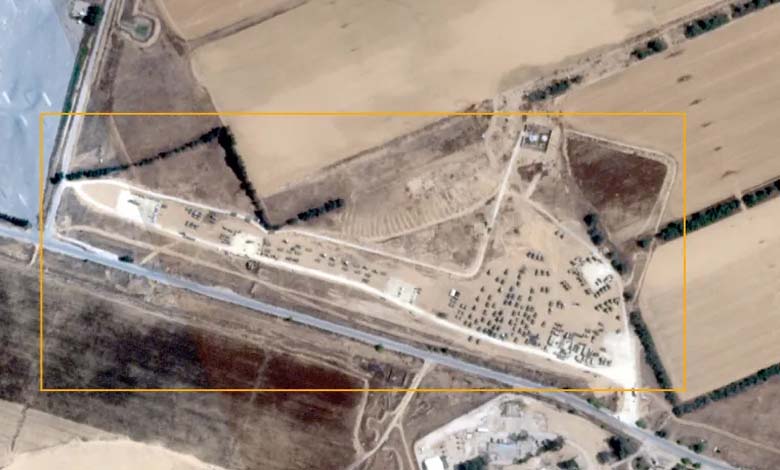
Beneath the sands of the Negev, at depths reaching several dozen meters, satellite images have uncovered an Israeli “secret” that could trigger an international storm if confirmed.
Barely two months after strikes on Iranian nuclear facilities, the latest images show accelerated activity at a new major installation considered essential to Israel’s nuclear weapons program, long suspected of existing.
-
Israel launches the first stages of its offensive on Gaza City and rules out any humanitarian pause
-
Political Analyst: Israel’s Starvation Policy in Gaza Is a Full-Fledged War Crime
According to the Associated Press, which analyzed the images with the help of experts, work at the Shimon Peres Nuclear Research Center in the Negev Desert, near the city of Dimona, renews questions about Israel’s status, widely believed to be the Middle East’s only nuclear power, though it has never admitted this openly.
Experts suggest that the site could either be a new reactor or a facility for assembling nuclear weapons, but the secrecy surrounding the program makes it difficult to draw definitive conclusions.
Such construction is also likely to spark international criticism, especially since it comes after Israel and the United States bombed several nuclear sites across Iran last June, fearing Tehran might use its enrichment facilities to develop a nuclear weapon.
-
Israel Prepares to Implement Gaza Occupation Plan and Evacuate Civilians
-
Latest News from Gaza: Intensified Israeli Bombardment and Tanks Advancing to the City’s Entrance
The nature of the facility
According to the agency, seven experts who examined the images believe the new construction is linked to Israel’s nuclear program, given its proximity to the Dimona reactor. However, they differ on the exact purpose of the project.
Three of them stated that the location, the size of the construction zone, and its apparent multi-level structure strongly suggest the building of a “new heavy-water reactor.”
Such reactors can produce plutonium and other key materials necessary for nuclear weapons production.
-
The largest since the start of the Gaza war… The People’s Strike paralyzes Israel
-
Occupation of Gaza Plan… Israeli Estimates Suggest Fighting Could Last Until 2026
The other four, while acknowledging the possibility of a heavy-water reactor, argued that the work could also be connected to a new facility for assembling nuclear weapons. They refrained from making a definitive judgment, stressing that the construction is still in an early stage.
The Associated Press was the first to report, back in 2021, on excavations at the site, located about 90 kilometers (55 miles) south of Jerusalem. At that time, satellite images only showed workers digging a pit roughly 150 meters long and 60 meters wide near the original heavy-water reactor.
Images captured by the company “Planet Labs PBC” on July 5 of this year reveal intensified construction at the excavation site.
They show thick concrete walls being erected, within a complex that appears to consist of multiple underground levels.




